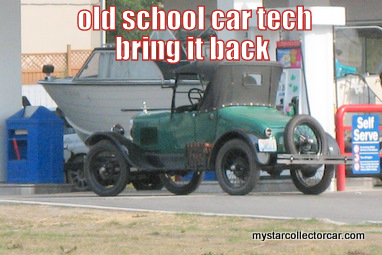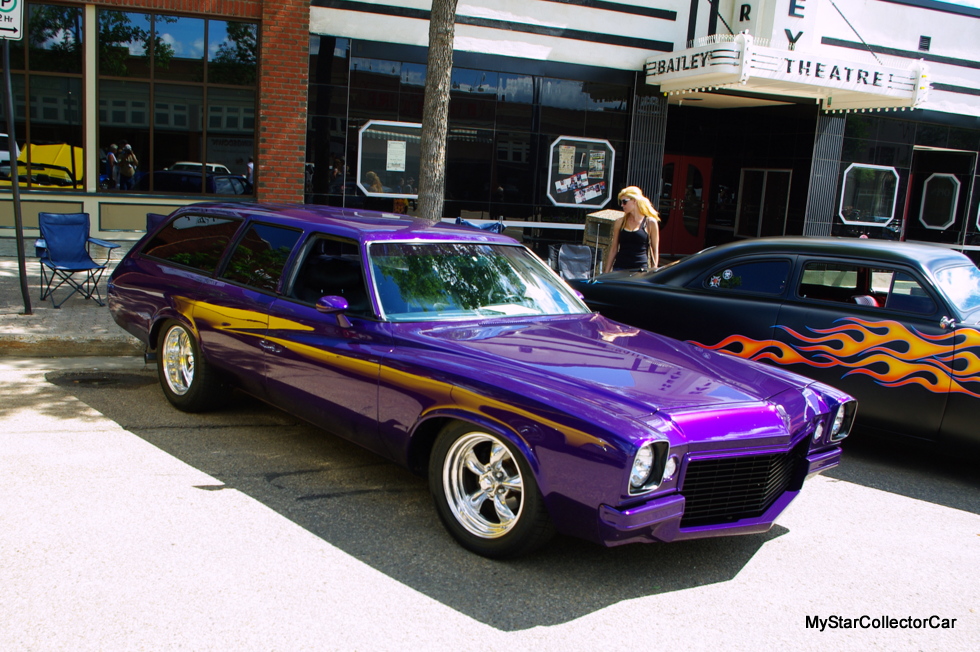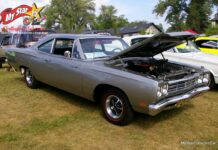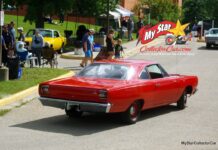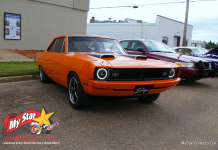
It is very obvious that a new car is an engineering marvel.
The computer-assisted wonders of a new car are almost otherworldly in efficiency and performance.
‘But we left behind some low-tech magic over the course of automotive history.’
Here are a few examples of car features that have gone to the great junkyard in the sky.
“Three on the tree” transmissions. A three speed manual transmission conveniently located on the steering column was a standard feature on low budget cars and trucks in the past. There was something kind of special about the three-on-the-tree for older car guys who encountered them in their youth.

Mastering a three-on-the-tree was like your first fight: both were a step towards full-fledged manhood. Any guy that couldn’t handle a three speed was not going to be admired for his abundance of raw masculinity. We didn’t make the three speed rules-we just obeyed them.
Vent windows. The vent window bit the dust on passenger cars shortly after the air-conditioning package became a mainstay for pampered drivers in the latter part of the 20th century.

Sure a leaky vent window made a 70 mph car sound like it was trapped at ground zero in Hurricane Katrina. But they were also a good way to circulate air through a crowded Baby Boomer-mobile on the road. Remember-it was a pre-A/C world for many frugal car owners.
An open vent window could also push much-needed air around a car in wet conditions in which a foggy windshield might disguise a stranded Kenworth in front of you just long enough to hit it at maximum impact.
Radio- delete vehicles. A car without a radio may seem like a bad deal, but have you listened to music lately? You are better off whistling yourself a happy tune in your car. Much better off.

Push button transmissions. There was a space- age magic to the first push button transmissions in the Fifties. They became known as typewriter transmissions and they lasted until 1964, a time when the US transportation boys killed the concept.

Lots of chrome. The glory days of chrome-laden excess are long gone for cars. The idea of extra bling on a vehicle runs counter to the idea of today’s clean body designs. The fact that excessive chrome defined upscale models in the past makes the idea of expensive chrome option packages on modern cars less laughable- if you think about it.

Hideaway headlights. The idea of hideaway headlights has been around for many decades, but it peaked in the 60s and early 70s. The 1963 Corvette really lit up this concept, but many cars got awful good-looking with this feature during that time frame.

Sequential turn signals. A 1967 Mercury Cougar or 66 T-Bird is still defined by this feature. It was a good idea then, and it is a great idea now.

But then again, maybe all of the above is the reason so many of us buy into the old car world.
Jim Sutherland @mystarcollectorcar.com
COMMENTS
BERNIE:”Hideaway headlights – when a 1968 Charger awoke to prey on lesser vehicles”.
DENNIS:”Speaking of engineering marvels. I was stuck in a doctors waiting room this afternoon reading the story of the Chevy Volt. It’s full of modern engineering “firsts?’’ like a planetary transmission which looks very similar to the one in my 1927 Model T Ford. Cars are already “radio delete”. The radio is actually only a small part of the car management computer. Nothing is “New” and everything you miss in the cars of old, will be back in one form or another soon”.
ROBERT:”I’ll never understand why they went away from the high beam switch on the floor? You could switch to low beams with a tap. No hands”.
RYAN:”you hit the nail right in the head on that article. very well written, and so true. It’s very obvious that there was actually effort put into the cars they designed. its kinda interesting: 50s cars are so much more futuristic, yet so much …simpler than modern cars. you’d think with our computer technology, we’d be able to make a safe car, that has good gas mileage, but that still retains the timeless looks of these great cars, but no… we decided that they should all look like eggs, and all look the same, due to aerodynamics. but lets take a look at 50s cars again: They were inspired by fighter Jets, thus they were very streamlined and aerodynamic, so that means we don’t need jellybean/egg shaped cars for fuel economy savings… so in conclusion: BRING BACK THE 50S CARS DETROIT!

































